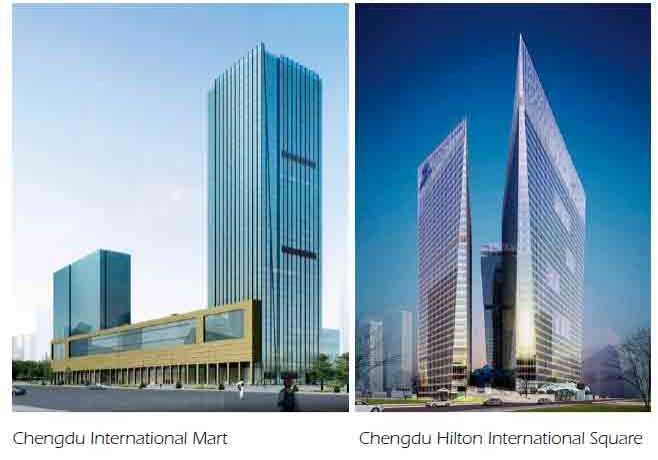KONE Discusses LEED Certification and Its Role
Oct 1, 2012

How elevators and escalators can serve as a solution to assist with LEED certification
In recent years, Leadership in Energy and Environmental Design (LEED)® certification has become the recognized standard to which many strive to demonstrate sustainability in buildings. The elevator and escalator industry has responded to the demand for LEED-certified projects by providing its customers with quantitative and comprehensive data to support its goal for LEED certification. Often, a project’s elevators and escalators are overlooked as a solution that can assist with LEED certification. In order to ensure the proper documentation for the project and maximize possible credits, building specifiers and elevator and escalator manufacturers should work together from the earliest stages of a project.
Some of the most popular credits to which elevators and escalators contribute fall under the Energy & Atmosphere (EA), Materials & Resources, Indoor Environmental Quality (EQ) and Innovation in Design (ID) credit categories. For example, machine-room-less (MRL) elevators can be incorporated into the whole building simulation to help demonstrate energy savings over a baseline case in EA Credit 1, Optimize Energy Performance. Similarly, low-level volatile organic compounds adhesives, sealants, paints, coatings, carpet systems, composite wood and agri-fiber products used in elevators and escalators can comply with the EQ. Another key area in which MRL elevators have played a significant role is demonstrating the overall reduction in carbon emissions and environmental impact in the area of ID.
KONE began understanding LEED requirements in 2005. Over the years, its research has helped the company understand how elevators and escalators can play an important role in the LEED certification of buildings. According to Kellie Lindquist, LEED green associate and marketing manager for KONE Americas:
“There is still a great deal of people in the construction industry who do not understand the LEED certification program and have misconceptions in a number of areas, such as thinking the program is meant to certify products, when, in fact, it is a certification program for projects, and the products are to support the project [and help it] achieve the level of certification it seeks. For KONE, it was not about developing a product for LEED. It was about understanding how our already environmentally friendly products work with the LEED program.”
KONE does not require its employees to become LEED green associates or accredited professionals. However, as an increasing number of projects aim to achieve LEED certification, the company understands the importance of having a staff that is knowledgeable of the program and, specifically, its relationship with the elevator industry. KONE has a number of LEED associates on hand and provides its employees with extensive internal training courses focused on the role elevators and escalators play in the LEED program.
One of the first LEED projects KONE worked on was a 300,000-sq.-ft. office building in Louisiana, which was the state’s first to achieve the LEED Gold certification. KONE provided 10 EcoSpace® elevators, which require 67% less energy compared to traditional hydraulic elevators. The EcoSpace design puts the hoisting machine inside the elevator shaft, requiring no machine room. “Because there are no hydraulics, there is no hole to drill, making this elevator an ideal choice for buildings in areas of the country where water tables are the norm,” Lindquist said. “Having MRL elevators also allowed for greater design freedom with small, remote control spaces, a more hassle-free installation with less construction interface and the ability to keep pace with an aggressive construction schedule,” Lindquist added.
During the project’s certification process, a whole building energy simulation was performed to compare a building baseline case with a new building design. Through the simulation, the building designers were able to show a 20% decrease in overall energy use for the new design compared to the baseline, which garnered three LEED points for EA Credit 1. Process energy estimates used for the simulation were identical to the baseline case, which included 10 standard hydraulic elevators. A second energy simulation was conducted to specifically compare traditional hydraulic elevators to MRL elevators. All other energy inputs remained the same. However, it showed that by installing MRL systems, the energy needed to operate the elevators could be decreased by 67%. As a percentage of overall building energy use, the MRL elevators consumed 3.3% energy, compared to 9.4% for hydraulic elevators. According to Lance McOlgan, an architect and LEED associate professional, KONE was selected for the elevator installation because it was able to provide a significant level of energy efficiency, which enabled the project to receive an additional point toward its LEED Gold rating.
Get more of Elevator World. Sign up for our free e-newsletter.








